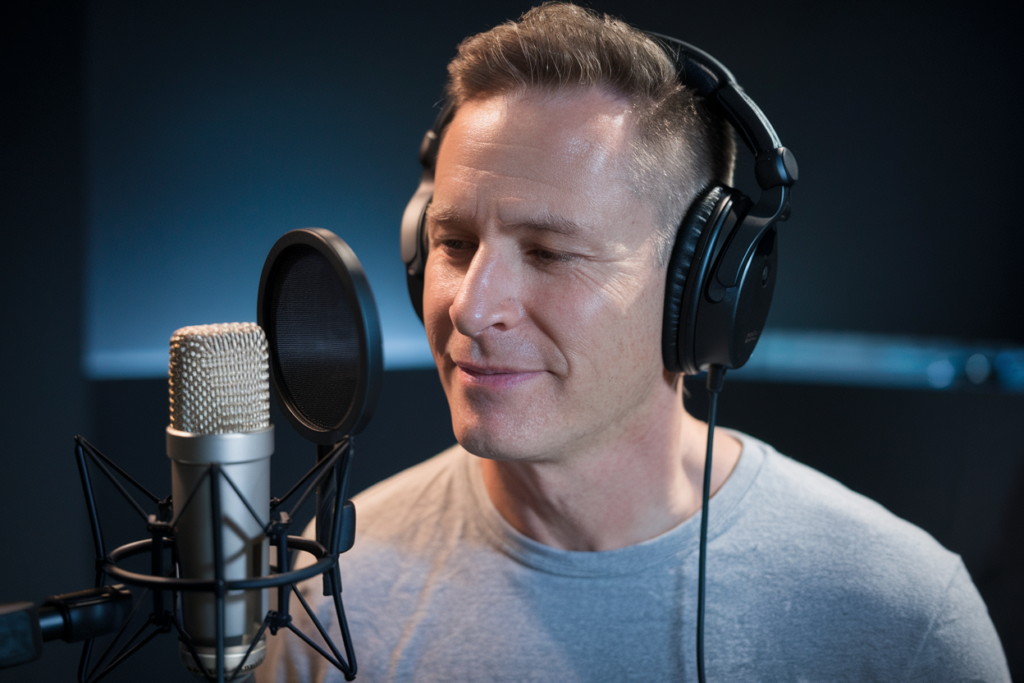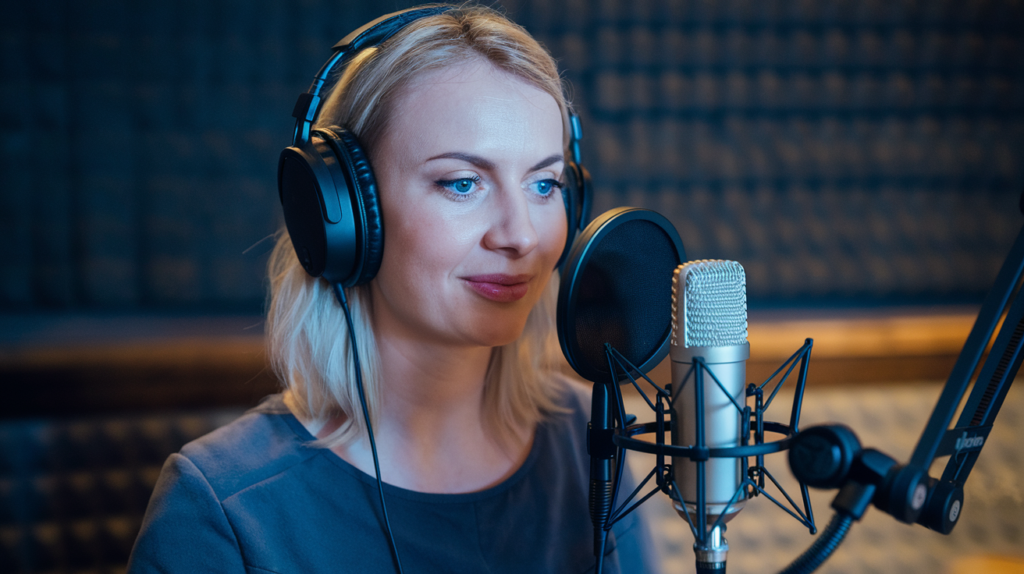Polish voice over talents bring authenticity and versatility to audio and video projects, making them highly sought after in the global voiceover industry. Whether you’re targeting the Polish-speaking audience or incorporating Polish culture into your media, selecting the right talent ensures effective communication and emotional connection. Here’s an in-depth look at what Polish voice over talents offer.
The Unique Appeal of Polish Voice Over Services
Polish is a West Slavic language spoken by over 50 million people worldwide, primarily in Poland but also in diasporic communities in Europe, the United States, and beyond. Polish voice over talents cater to a variety of needs, such as:
- Commercials: Delivering persuasive and engaging messages for products and services.
- Corporate Narrations: Professional tones for business presentations and training materials.
- E-learning: Clear and articulate voices for educational content.
- Audiobooks: Expressive performances for storytelling.
- Dubbing and Localization: Adapting foreign media for Polish-speaking audiences.
By hiring native Polish speakers, you ensure the authenticity of pronunciation, cultural nuances, and idiomatic expressions, which resonate better with the audience.
Polish Language Characteristics in Voice Over Work
Key Features of the Polish Language
- Phonetic Complexity: Polish uses a rich system of consonants and vowels, making it sound melodious and unique.
- Stress Patterns: Words in Polish typically have a fixed stress on the second-to-last syllable, influencing the rhythm of speech.
- Accents and Pronunciation: Clear articulation is essential in Polish voiceovers, as small pronunciation errors can alter meanings.
Challenges in Voice Overs
- Difficult Spelling and Pronunciation: Polish words can be challenging for non-native speakers due to clusters of consonants.
- Cultural Sensitivity: A deep understanding of Polish customs and humor is critical to deliver appropriate and relatable content.
Accents and Dialects in Polish Voice Over Services
Poland has regional accents and dialects that influence how Polish is spoken. These can add authenticity to a project or reflect specific cultural elements. Common variations include:
- Standard Polish (Neutral Accent): Widely understood and used for formal communication and media.
- Regional Accents:
- Silesian: Spoken in southern Poland, with Germanic influences.
- Kashubian: Recognized as a distinct language, it incorporates unique phonetic and grammatical traits.
- Podhale (Góralski): A Highlander dialect, often used in folklore or cultural projects.
When targeting a specific demographic, selecting a voice talent familiar with regional accents can enhance the audience’s connection to the material.
Qualities to Look For in Polish Voice Over Talents
When hiring Polish voice actors, consider the following:
- Native Fluency: Ensure they are native speakers for natural delivery.
- Versatility: Ability to adapt to various tones, styles, and genres.
- Experience: Familiarity with specific industries or media types.
- Cultural Knowledge: Understanding Polish traditions and audience preferences.
- Studio Quality: Access to professional recording equipment for high-quality audio production.
Applications of Polish Voice Over Talents in Media
Polish voice over talents contribute to diverse projects across industries, including:
- Film and TV Dubbing: Adapting international content for Polish-speaking audiences.
- Video Games: Voicing characters with distinct personalities for immersive experiences.
- Corporate Training Videos: Clear and professional delivery for employee instruction.
- Online Ads and Social Media Content: Engaging and concise messaging for digital campaigns.
- IVR and Telephony Systems: Polished recordings for customer service interfaces.
Why Choose Professional Polish Voice Over Services?
Professional voice actors bring expertise, creativity, and reliability to your projects. They not only speak the language fluently but also embody its cultural essence, ensuring your message is impactful and culturally appropriate.







